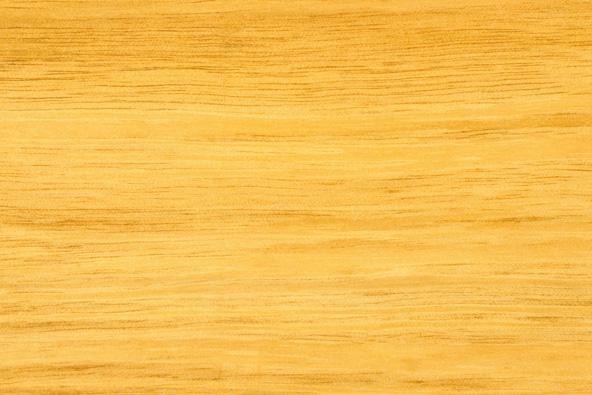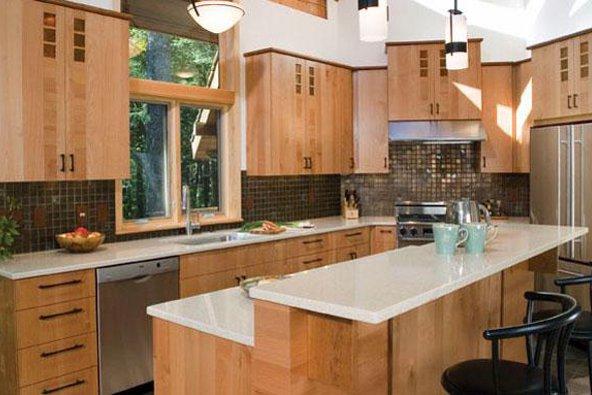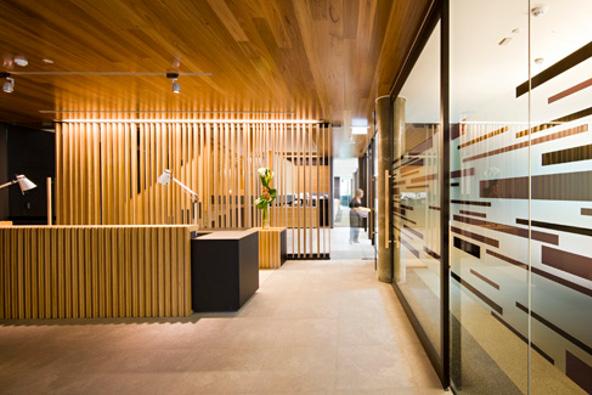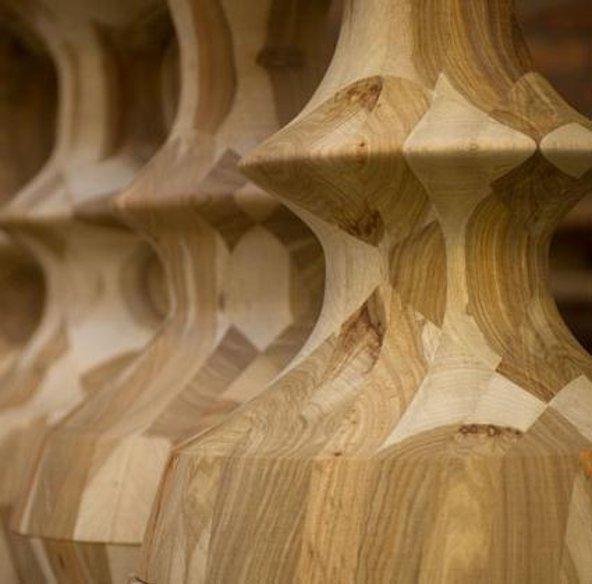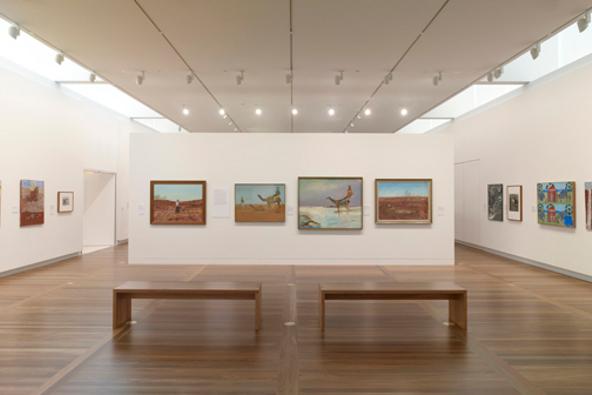Grey satinash is a hardwood used for general construction, interiors, furniture and decorative purposes.
Watergu, Trumpet Satinash, Eugenia Gustavioides, Cleistocalyx Gustavioides, Acmenosperma Claviflorum, Syzygium Claviflorum, Eugenia Leptantha
Syzygium gustavioides
Grey satinash is a hardwood grown in Queensland and New South Wales, used for a range of purposes from construction to interior, decorative, and furniture. The construction uses of grey satinash include framing, dressed window and door sills, joinery, flooring, plywood, linings and fixtures, and mouldings. Apart from furniture, decorative uses include cabinet-making, and picture frames. Other applications include shoe heels, butter boxes and funeral caskets.
Grey satinash is the most readily available of the satin ashes, but it is usually confined to north Queensland.
As the name suggests, the heartwood of grey satinash is buff-grey to a yellowish colour, while the sapwood is white-grey and not clearly distinguishable from the heartwood. The grain is often interlocked and the texture is fine to medium and uniform.
Grey satinash is durable, though it is not termite resistant, and untreated sapwood is susceptible to lyctid borer attack. The sapwood takes preservatives. The timber is easy to work, and accepts paint, stain and polish, and there are no problems with the use of standard fittings and fastenings. The timber can be greasy and thus hard to glue.
Shrinkage
| Very Low | Low | Medium | High | Very High | |
|---|---|---|---|---|---|
|
|
|
|
|||
|
Tangential :
|
5.70% | ||||
|
Radial :
|
2.50% | ||||
|
Unit Movement Tangential:
|
0.28% | ||||
|
Unit Movement Radial:
|
0.17% |
Strength Group
| Very High | High | Reasonably High | Medium High | Medium | Reasonably Low | Low | Very Low | |
|---|---|---|---|---|---|---|---|---|
| Unseasoned: | S1 | S2 | S3 | S4 | S5 | S6 | S7 | S8 |
|
|
||||||||
| Seasoned: | SD1 | SD2 | SD3 | SD4 | SD5 | SD6 | SD7 | SD8 |
|
|
Stress Grade
|
Structural No. 1 |
Structural No. 2 |
Structural No. 3 |
Structural No. 4 |
Structural No. 5 |
|
|---|---|---|---|---|---|
| Unseasoned: | F11 | F8 | F7 | F5 | F4 |
| Seasoned: | F14 | F11 | F8 | F7 | F5 |
Density per Standard
| Seasoned: | 680kg/m3 |
|---|---|
| Unseasoned: | 1040kg/m3 |
Joint Group
| Very High | High | Reasonably High | Medium | Low | Very Low | |
|---|---|---|---|---|---|---|
| Unseasoned: | J1 | J2 | J3 | J4 | J5 | J6 |
|
|
||||||
| Seasoned: | JD1 | JD2 | JD3 | JD4 | JD5 | JD6 |
|
|
Colour
| White, yellow, pale straw to light brown | Pink to pink brown | Light to dark red | Brown, chocolate, mottled or streaky | |
|---|---|---|---|---|
|
|
||||
Mechanical Properties
|
Modulus of Rupture - Unseasoned:
|
61 |
|---|---|
|
Modulus of Rupture - Seasoned:
|
103 |
|
Modulus of Elasticity - Unseasoned:
|
9 |
|
Modulus of Elasticity - Seasoned:
|
11 |
|
Maximum Crushing Strength - Unseasoned:
|
33 |
|
Maximum Crushing Strength - Seasoned:
|
50 |
|
Impact - Unseasoned:
|
15 |
|
Impact - Seasoned:
|
11 |
|
Toughness - Unseasoned:
|
Medium - 15 - 24 Nm |
|
Toughness - Seasoned:
|
Medium - 15 - 24 Nm |
|
Hardness - Unseasoned:
|
4.8 |
|
Hardness - Seasoned:
|
5.6 |
Durability
| Low | Moderate | Reasonably High | High | |
|---|---|---|---|---|
| (0 - 5 yrs) | (5 - 15 yrs) | (15 - 25 yrs) | (more than 25 yrs) | |
|
In-Ground:
|
|
|||
| (0 - 7 yrs) | (7 - 15 yrs) | (15 - 40 yrs) | (More than 40 yrs) | |
|
Above ground:
|
|
|||
| (0 - 20 yrs, usually < 5) | (21 - 40 yrs) | (41 - 64 yrs) | (More than 60 yrs) | |
|
Marine Borer Resistance:
|
|
|
Lyctid Borer Susceptibility:
|
Susceptible |
|---|---|
| Lyctid Borer Susceptibility - Other: | |
|
Termite Resistance:
|
Not Resistant |
Fire Properties
| 1 - non-combustible | 2 - reasonably non-combustible | 3 - slightly combustible | 4 - combustible | |
|
Fire Properties Group Number: |
|
| Group Number - Other: | 3 if used on MDF or particleboard ≥12mm; veneer thickness 0.6-0.85mm |
|---|---|
|
Average Specific Extinction Area:
|
<250 |
|
Bushfire Resistance:
|
BAL 12.5 and 19 |
The grain of grey satinash is often interlocked and the texture is fine to medium and uniform. The heartwood of grey satinash is buff-grey to a yellowish colour, while the sapwood is white-grey and not clearly distinguishable from the heartwood.
The construction uses of grey satinash include framing, dressed window and door sills, joinery, flooring, plywood, linings and fixtures, and mouldings. It is also used for decorative purposes such as turnery, furniture and cabinet-making, picture frames. Other applications includes shoe heels, butter boxes and funeral caskets.
QLD
